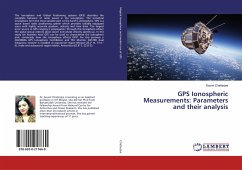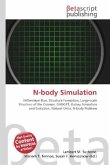High Quality Content by WIKIPEDIA articles! A scintillation counter measures ionizing radiation. The sensor, called a scintillator, consists of a transparent crystal, usually phosphor, plastic (usually containing anthracene), or organic liquid (see liquid scintillation counting) that fluoresces when struck by ionizing radiation. A sensitive photomultiplier tube (PMT) measures the light from the crystal. The PMT is attached to an electronic amplifier and other electronic equipment to count and possibly quantify the amplitude of the signals produced by the photomultiplier. The scintillation counter is based on the work of Antoine Henri Becquerel, who discovered the phosphorescence of certain uranium salts. Scintillation counters are widely used because they can be made inexpensively yet with good quantum efficiency. The quantum efficiency of a gamma-ray detector (per unit volume) depends upon the density of electrons in the detector, and certain scintillating materials, such as sodium iodide and bismuth germanate, achieve high electron densities as a result of the high atomic numbers of some of the elements of which they are composed.








